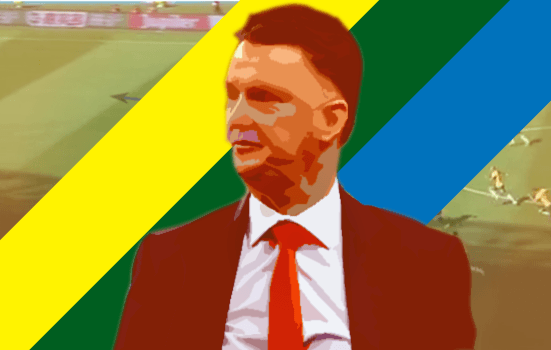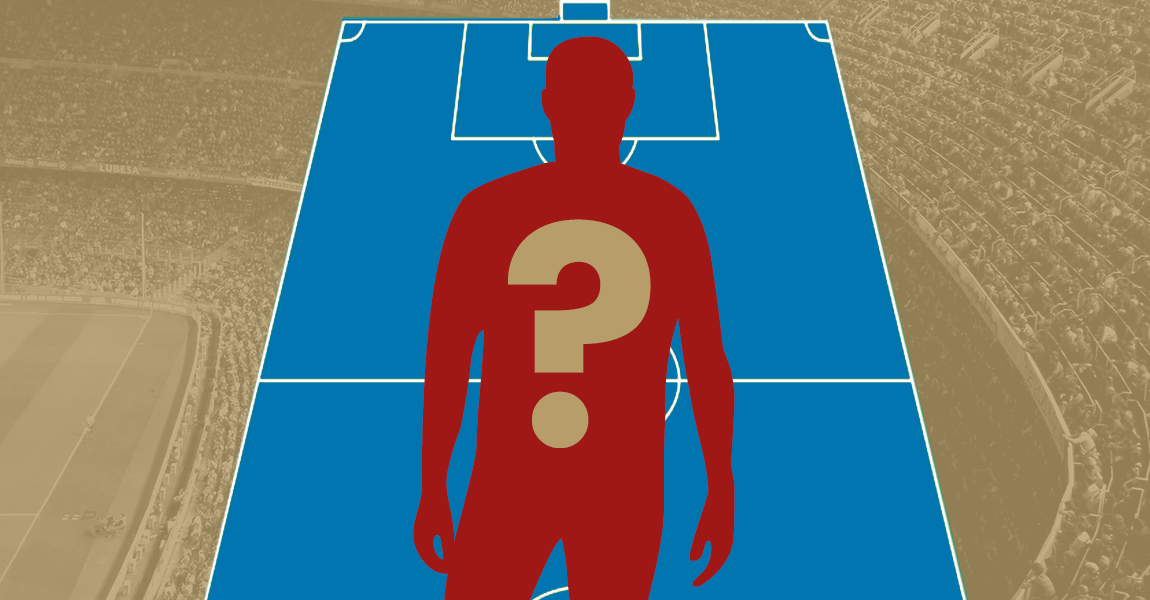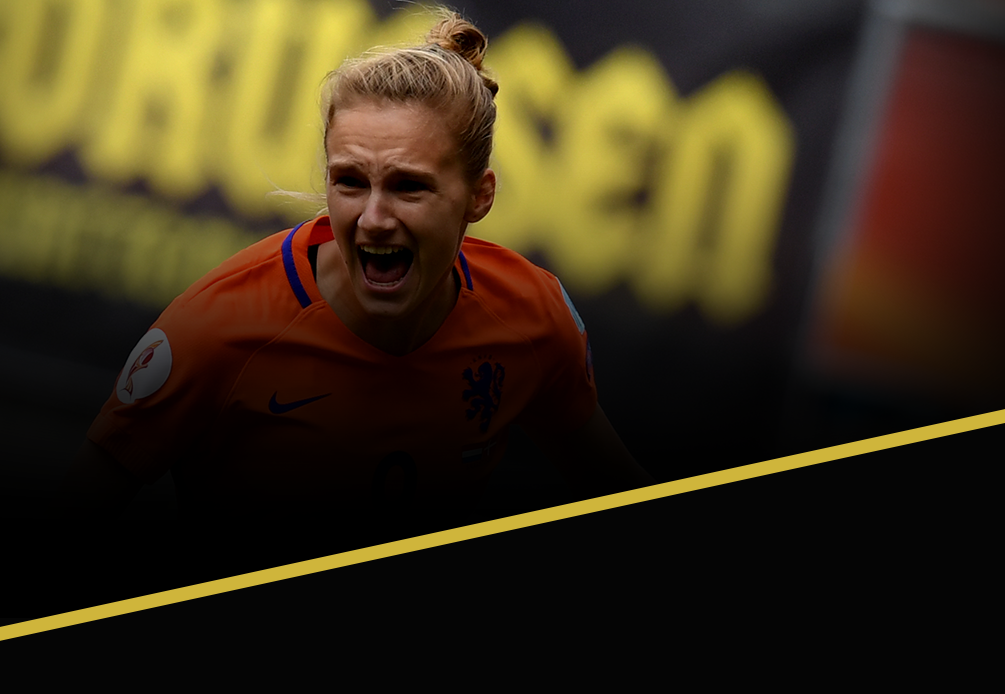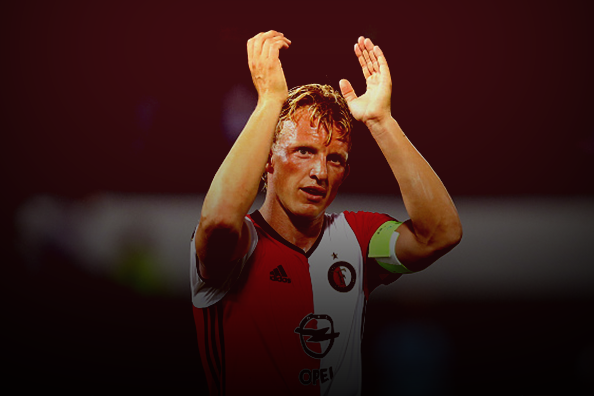With a goal on the counter in each of their group games, Van Gaal’s men have put up an effective approach when it comes to counter-attacking football.
Considering the man responsible for prepping the squad tactically, it’s of no surprise that LvG’s Holland have taken a more straightforward attacking mentality.
The set-up initially did not appear to suit the usual approach, with the three center-backs showing rather odd implications. Moreover, the front three were all placed a lot narrower than expected, establishing the set-up as a 5-2-1-2.
The counter-attacking phase is more than often handled by the front three – the attacking midfielder along with the front two.
The article shall discuss the system in three segments of play.
Defensive segment
Tackles
The team appears to be very dedicated to making tackles to retrieve the ball, especially in progressive parts of the defensive half. This commitment complements the counter-attacking system.
Comment
The Dutch rank second in terms of total tackles made (71), just two behind Spain (73).
As of the group stages, the Netherlands have given way the most number of fouls (68).
Wing-Back Role
The wing-backs appear to have a less strict role in regard to positioning. Although usually positioned along the defensive line to set as a back five, the wing-backs constantly move into the void, left due to the absence of wingers, to press opposition players, and serve as roots for the counter.

Large void left due to winger absence. Opposition passes into void. Blind moves into space to intercept.
Comment
Daley Blind and Daryl Janmaat have made the most tackles in the squad, averaging almost 5 tackles each per game.
Defensively-oriented Midfield
The two deep midfielders adopt a rather defensive approach. One operates a deep ball winning role (usually De Guzman) and opts to make interceptions, win aerial battles and cover spaces rather than rush into tackles and make extensive playmaking efforts. Headers won in midfield have been a constant trigger for Dutch counters.
The other role is that of a defensive midfielder (usually De Jong), involved a lot more often defensively and makes tackles in the hole-area.
Comment
De Jong has averaged the most tackles in midfield for the team, with 3 successful tackles each game.
De Guzman has not made a single tackle in his 2 appearances, but has an 80% aerial success ratio.
Transition segment
Overloaded Central area of Defensive half
The absence of wingers leaves a lot more players in the central areas during defense and transition, drawing opposition players into midfield. This leaves more room for the front two to position themselves.
Long Balls
With a long ball approach, the midfield phase is almost negligible even with regard to non-counter attacking play.
The transition phase more than often starts from long balls rather than short passes to make room, which favors a quick transition, and a devastating counter.
Long balls arrive more than often from the deep defensive areas, skipping the entire midfield where most of the opposition players are stationed.
Comment
Ron Vlaar, De Vrij and De Jong have attempted almost 8 long balls each per game.
The team has a short pass to long ball ratio less than 4:1 (i.e. of every 5 passes made, 1 is a long ball).
The Netherlands are 3rd in terms of long passes per game (about 70/game).
Movement oriented attack
Another aspect of the style of play that favors counter-attacks is how the players are more focused on forward movement rather than sitting in space to provide close passing options and retain possession during transition.
This does, however, ask a lot from the players with the ball, who must frequently play their way out of trouble. This explains the attacking midfielder’s role behind the front two. Many instances showed how passing the ball to the attacking midfielder (Sniejder) drew multiple players toward him. If the attacking midfielder succeeds in getting away, a lot more room opens up for the counter, without having to make any more passes in midfield.

The single pass creates space for Wijnaldum to move into, trigerring the counter with the two forward players already positioned.
Attacking Segment
The front two
Having two players up only further favors the cause. One functions as the outlet and the other serves as both the option and decoy.

v. Persie’s movement serves as the option. This prevents the centre back from immediately closing down Robben, allowing the counter to progress.
The front two have a rather free role in the defensive phase, and are more concerned with positioning and movement.
Narrow placement
Robben, more than often, sits narrower, as compared to his traditional role on the flank.
The narrower position provides a less angular path for diagonal movement as compared to the wide role. A smaller angle does increase the distance-to-shot, but it also serves favorable for quick players when it comes to beating defenders on the run.
Comment
Robben appears to be the biggest threat during Dutch counter-attacks, having been involved in all three goals that came on the counter.
He has averaged 3 successful dribbles and 3 shots on goal per game, and has made 7 key passes, provided an assist and scored 3 goals in three appearances.
Decoy run
A common trend with the Dutch counter seems to be decoy runs made by the option to create space for the outlet (Robben) to run into. The ploy has more than often proven to create enough space for a shot on goal.
- Premier League: The Growing Trend Of Counter-Attacking Goals - June 11, 2020
- Analysis | Three Things We Learned: NorthEast United 0-1 Bengaluru FC - December 9, 2017
- Three Things We Learned: NorthEast United 0-0 Jamshedpur - November 19, 2017































































